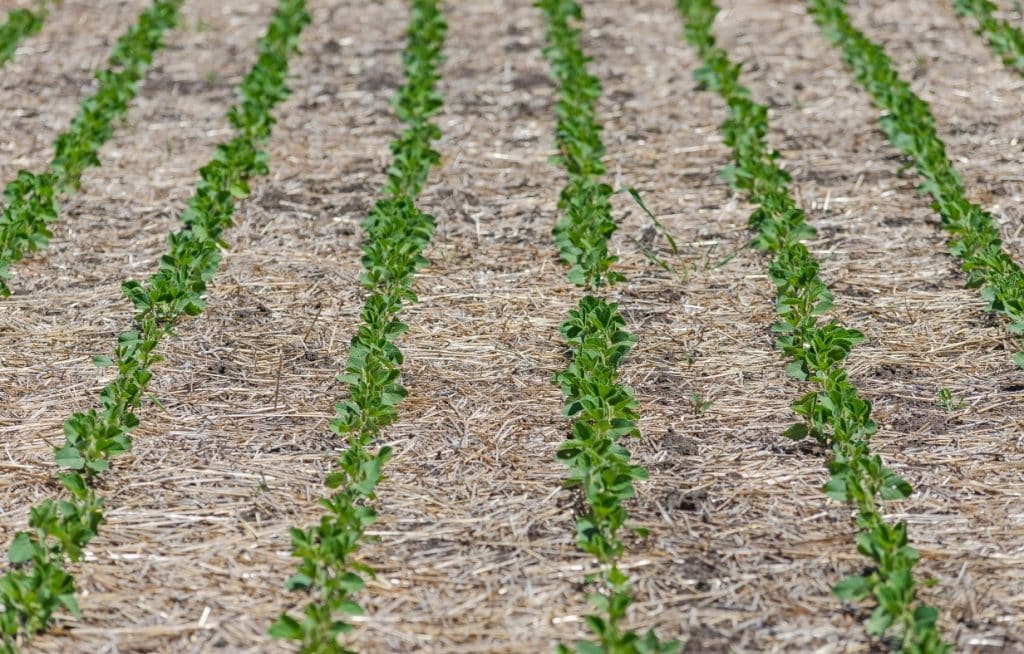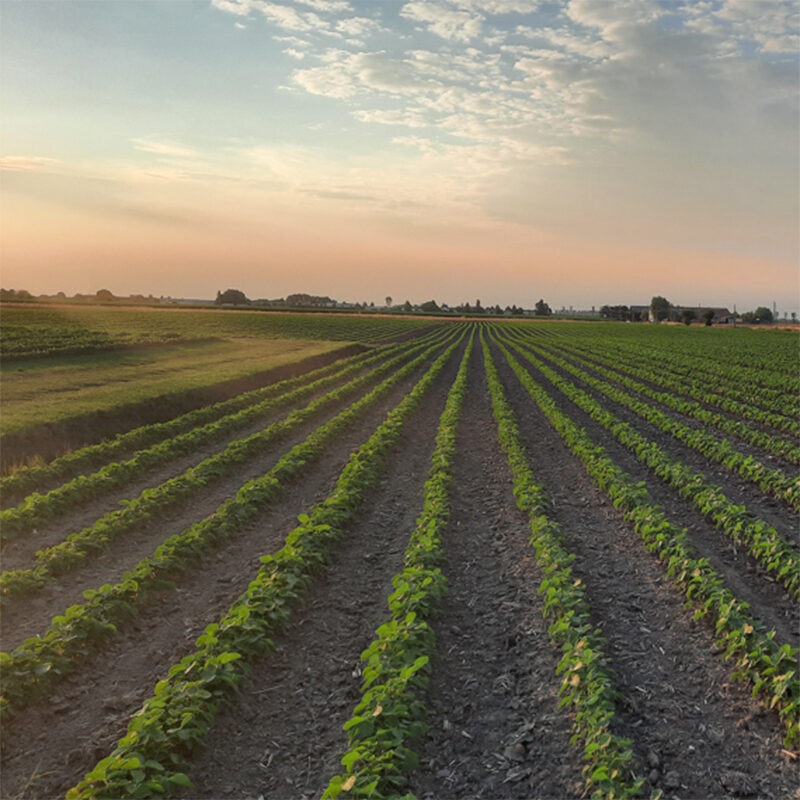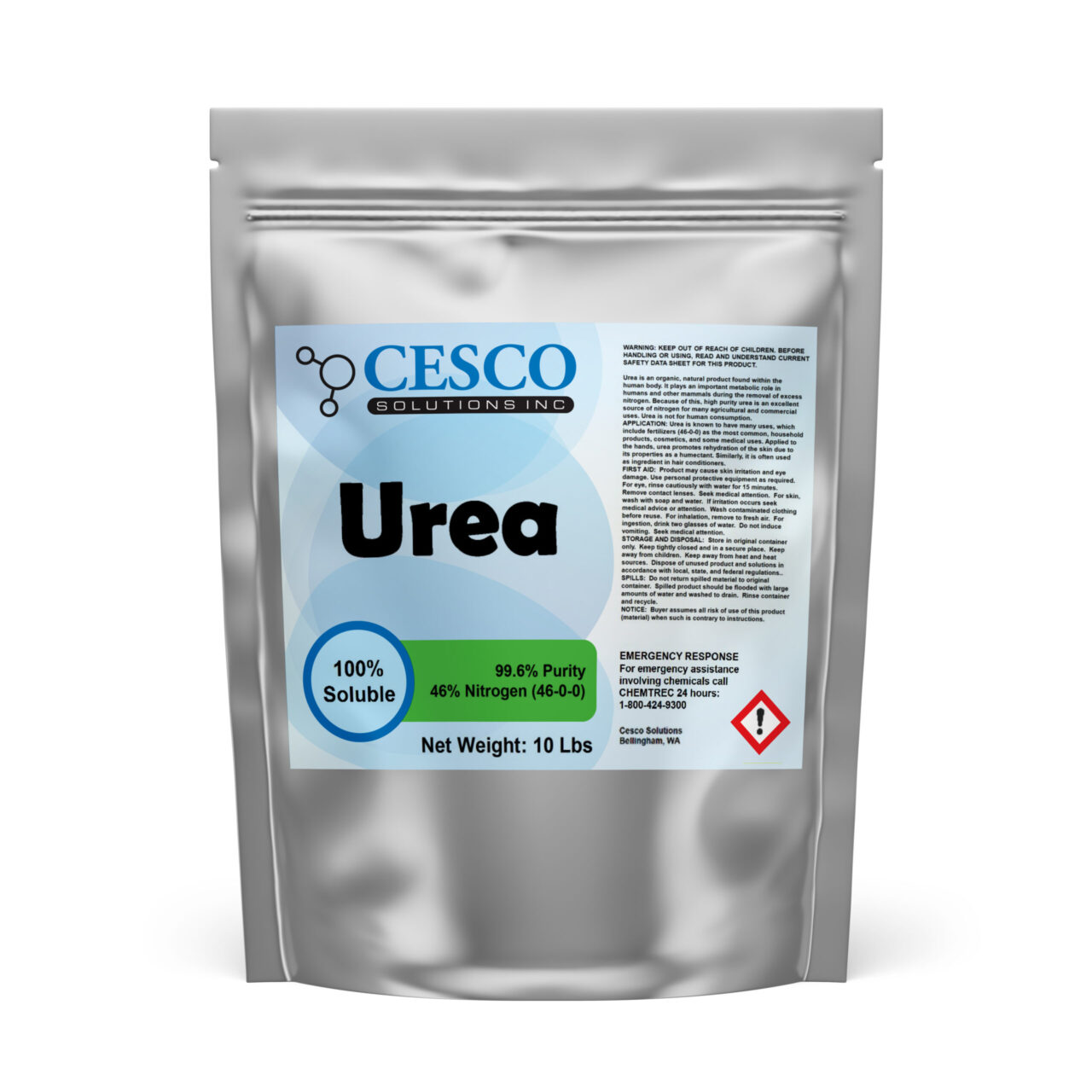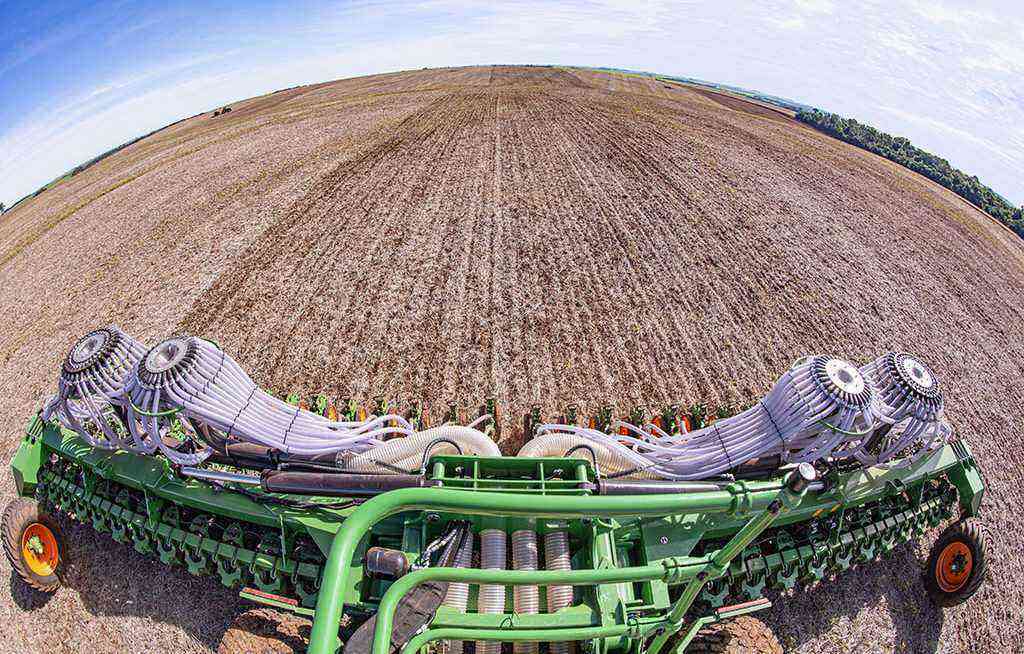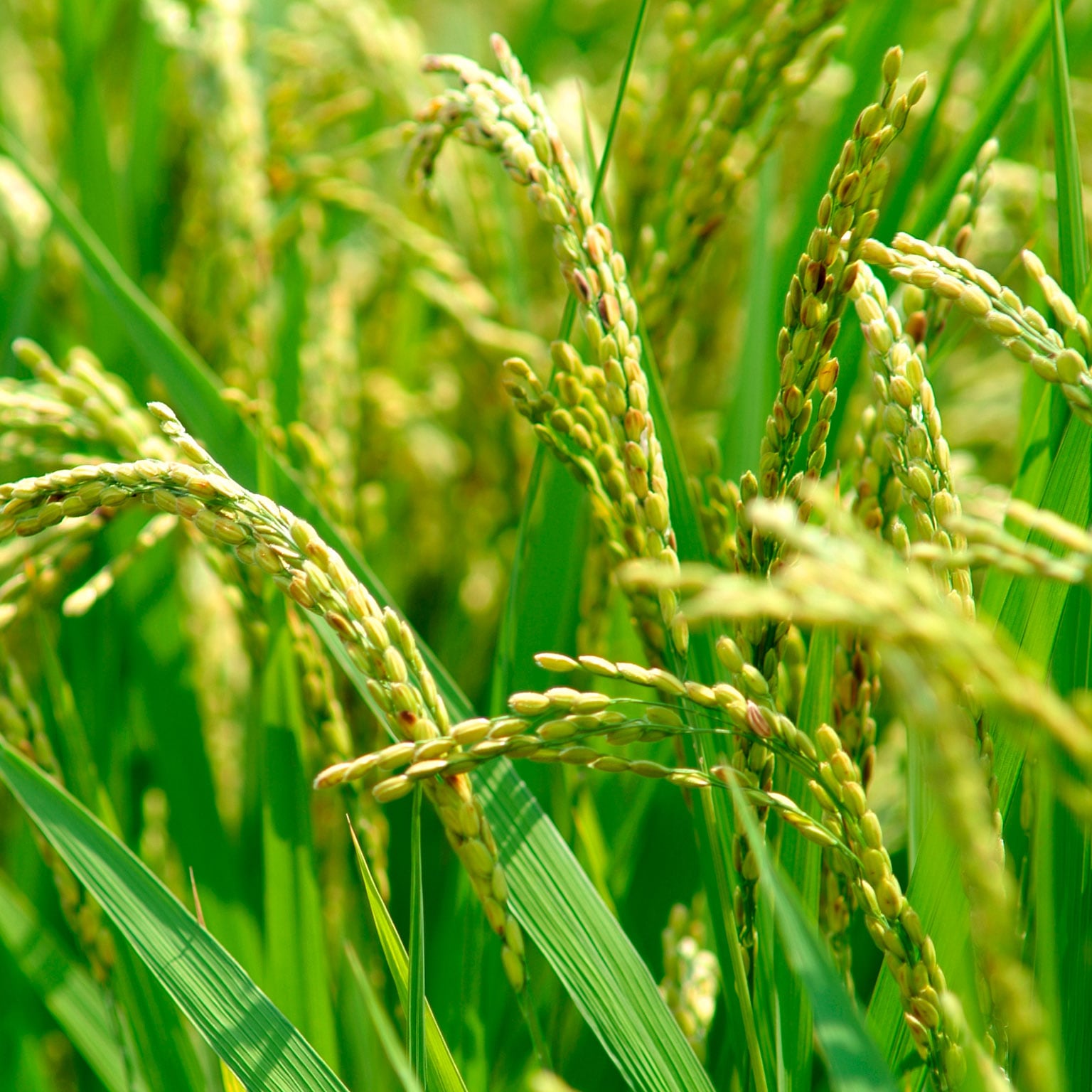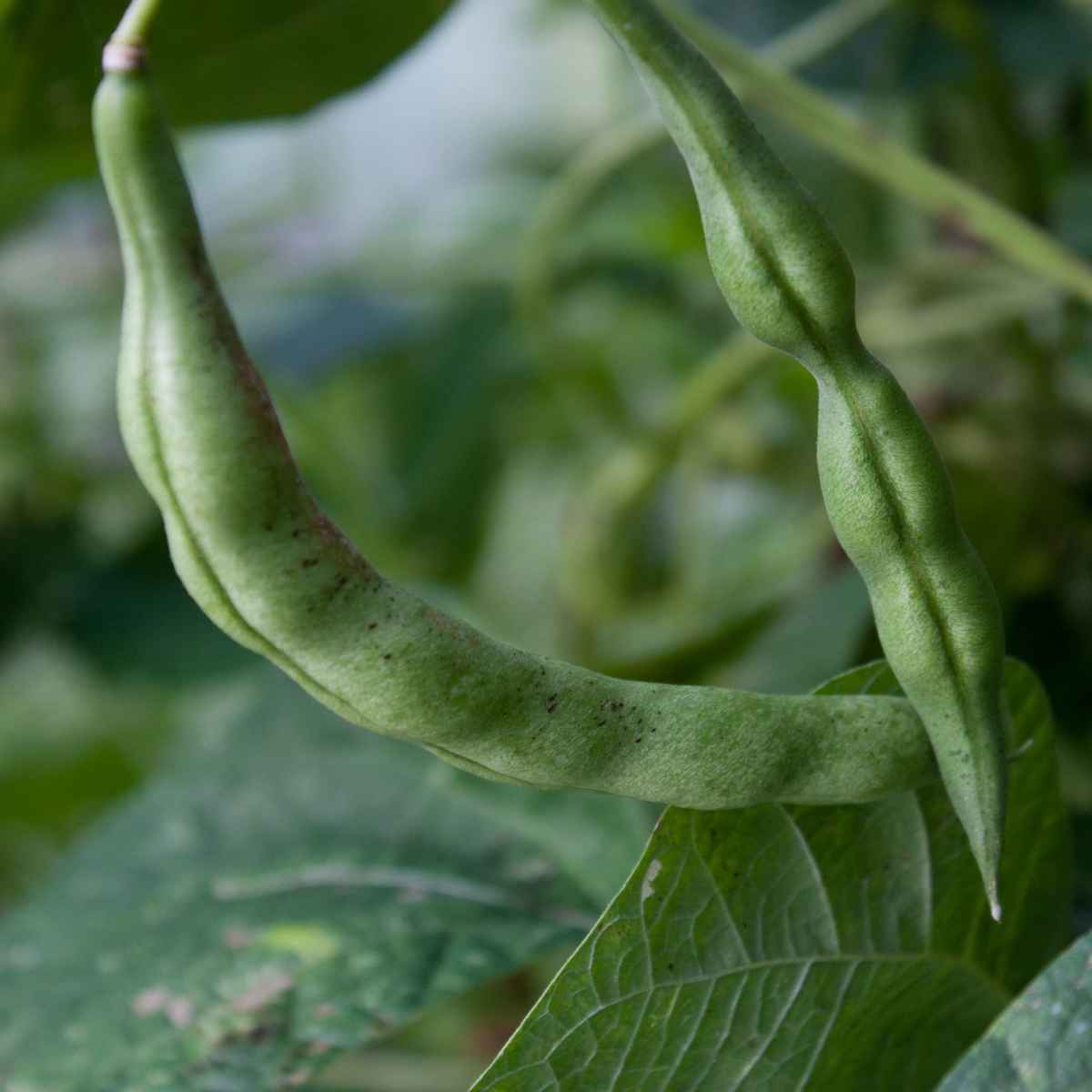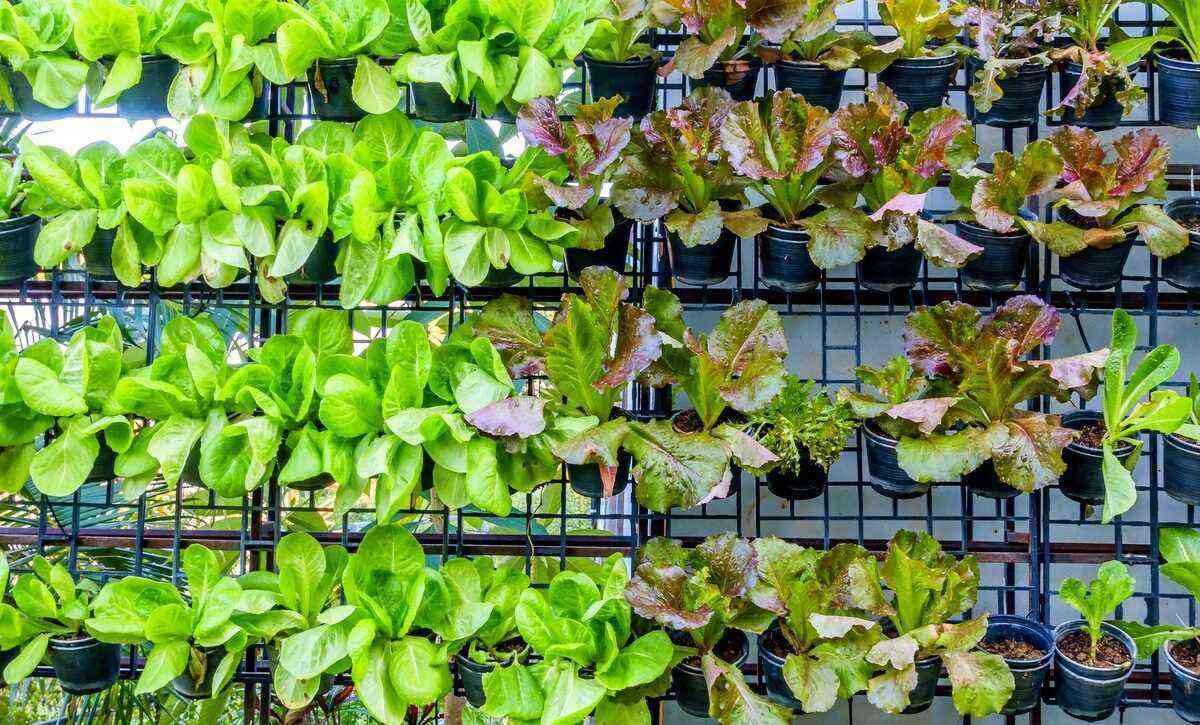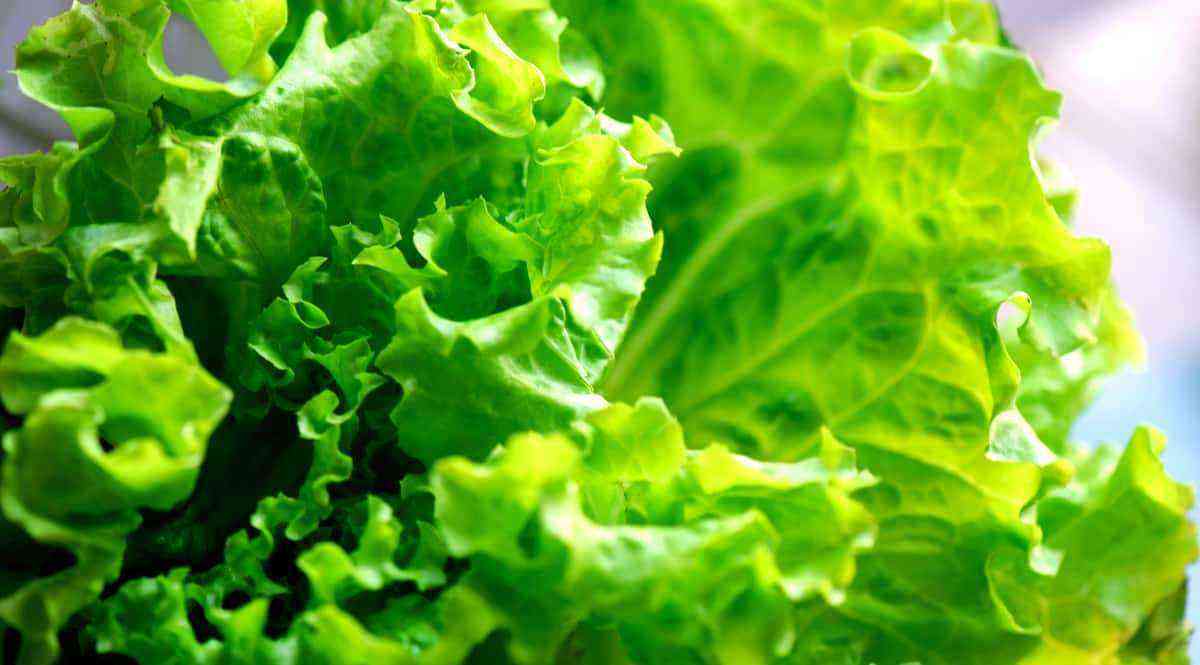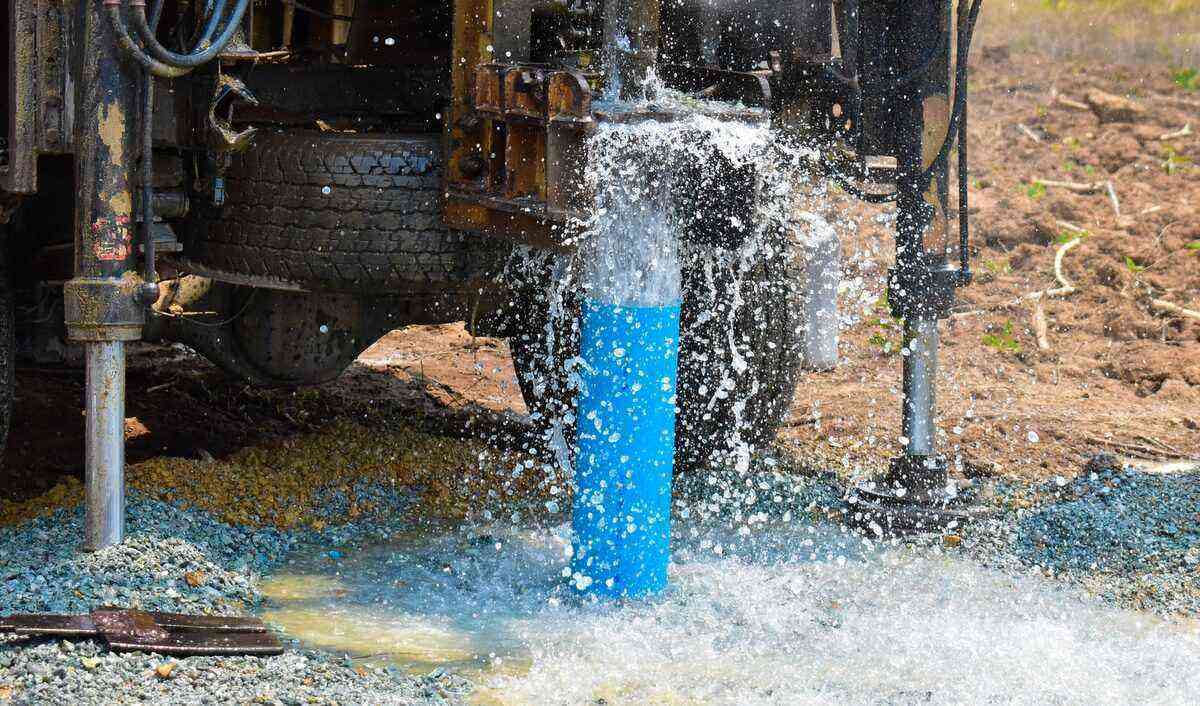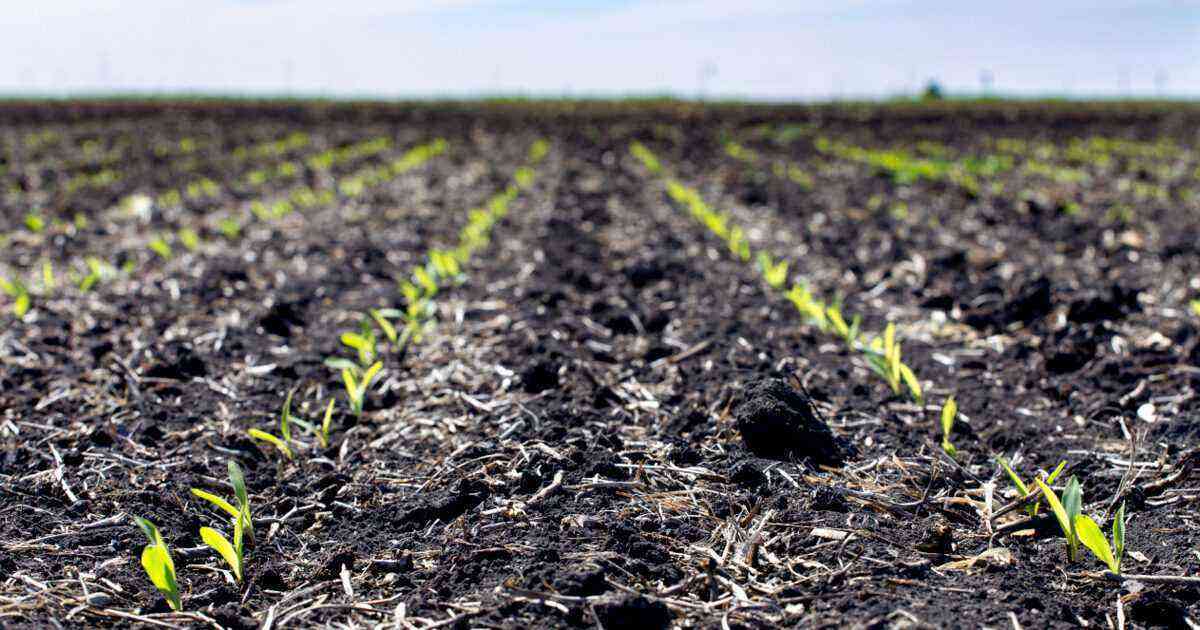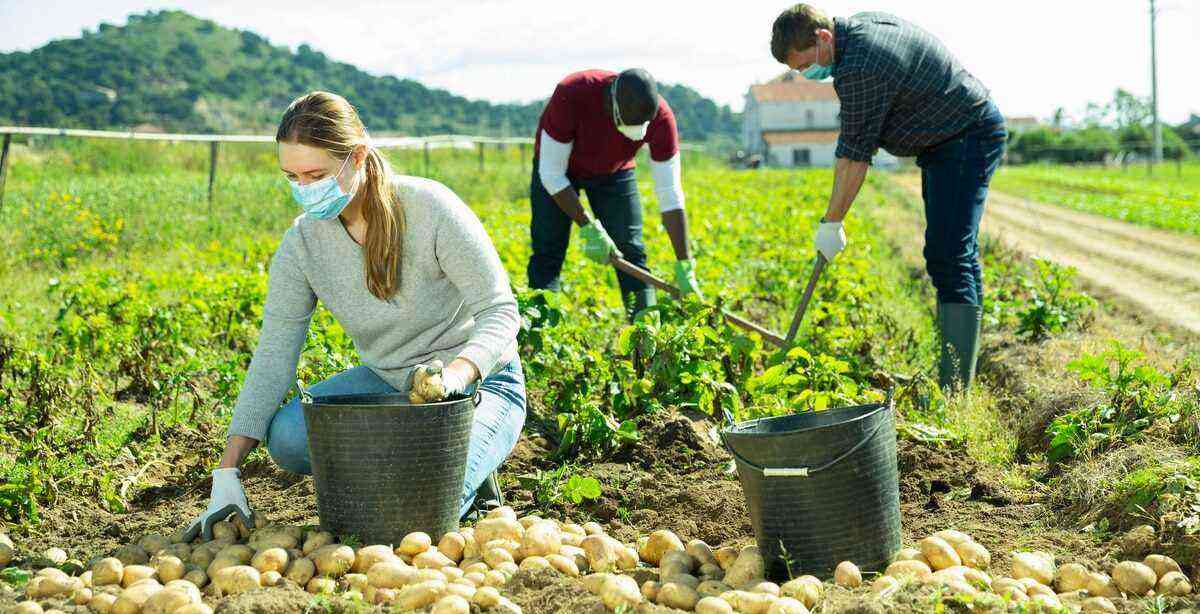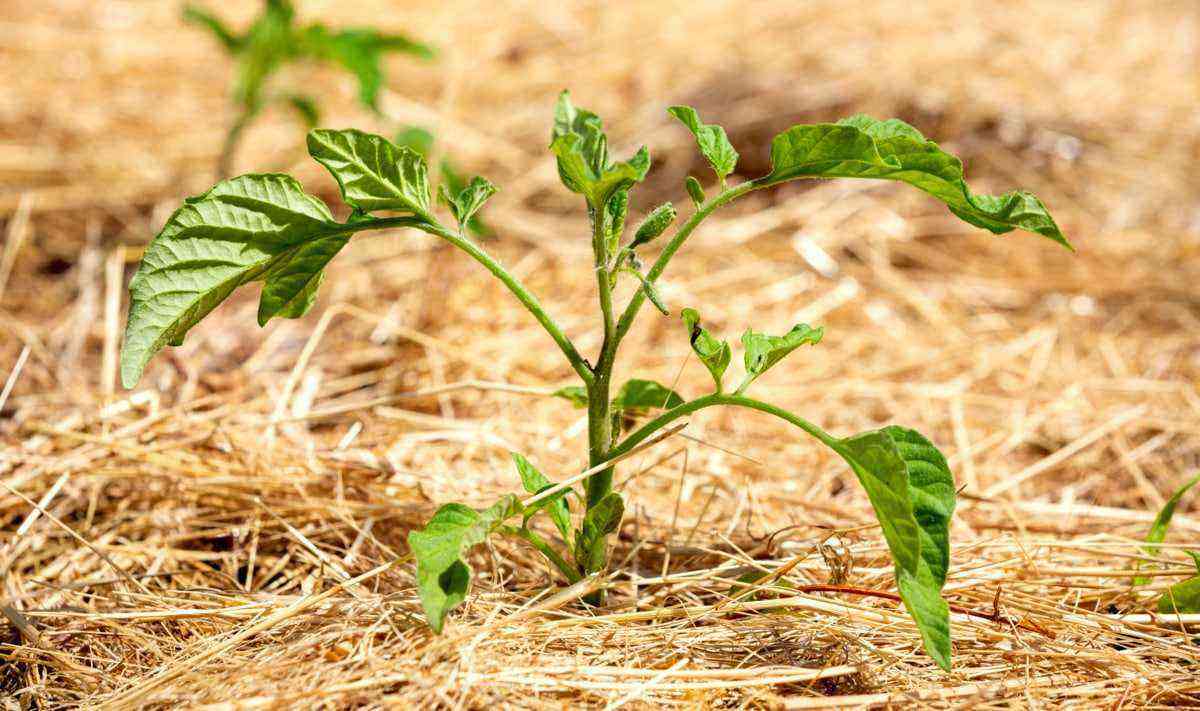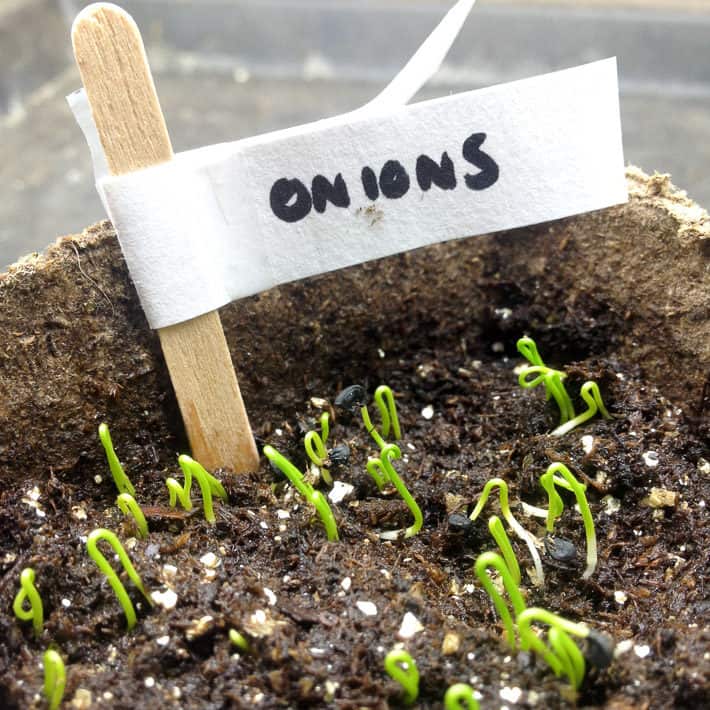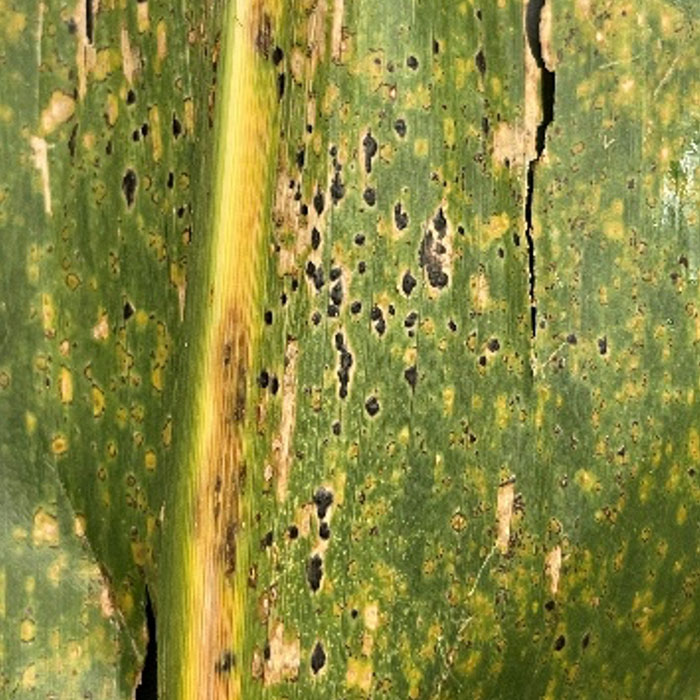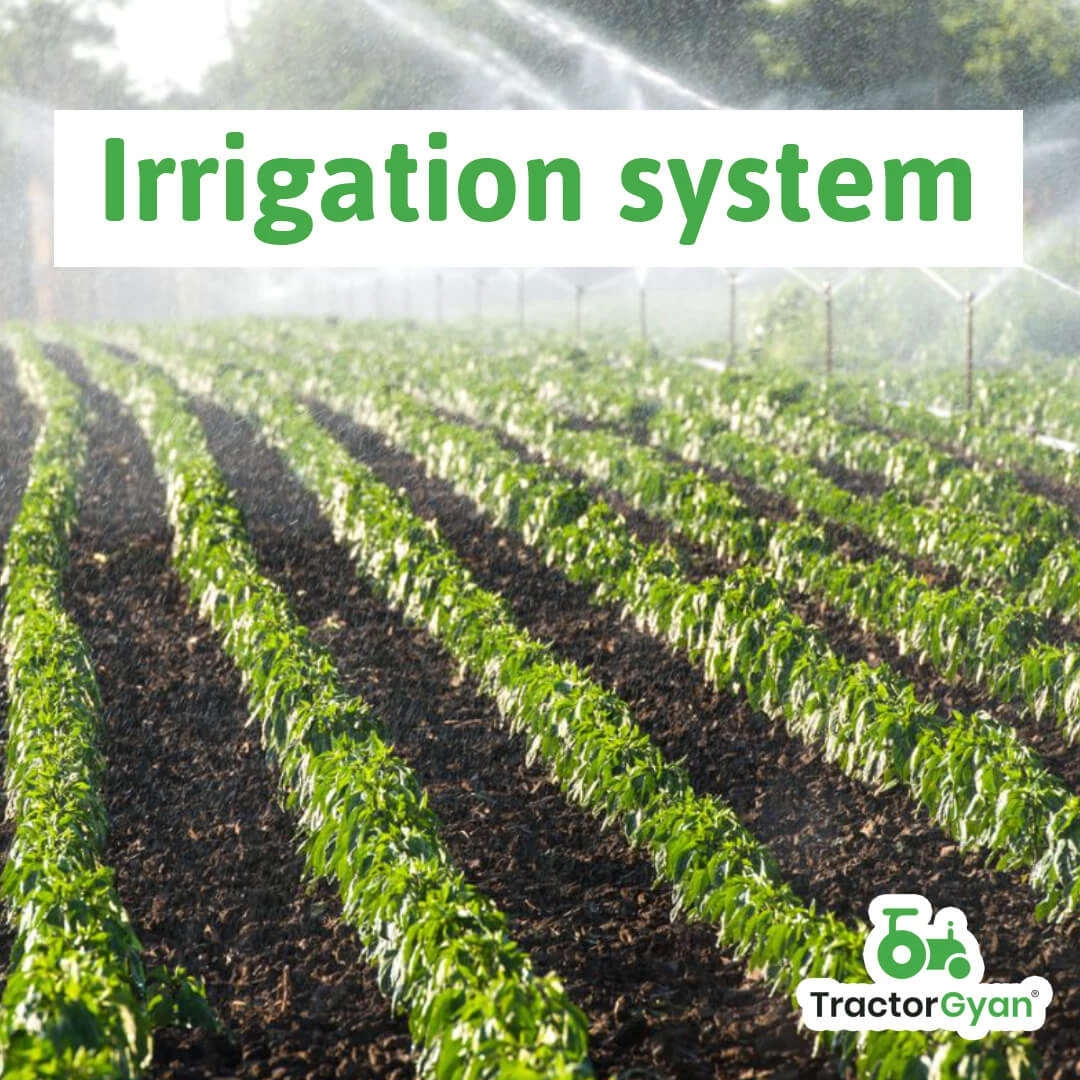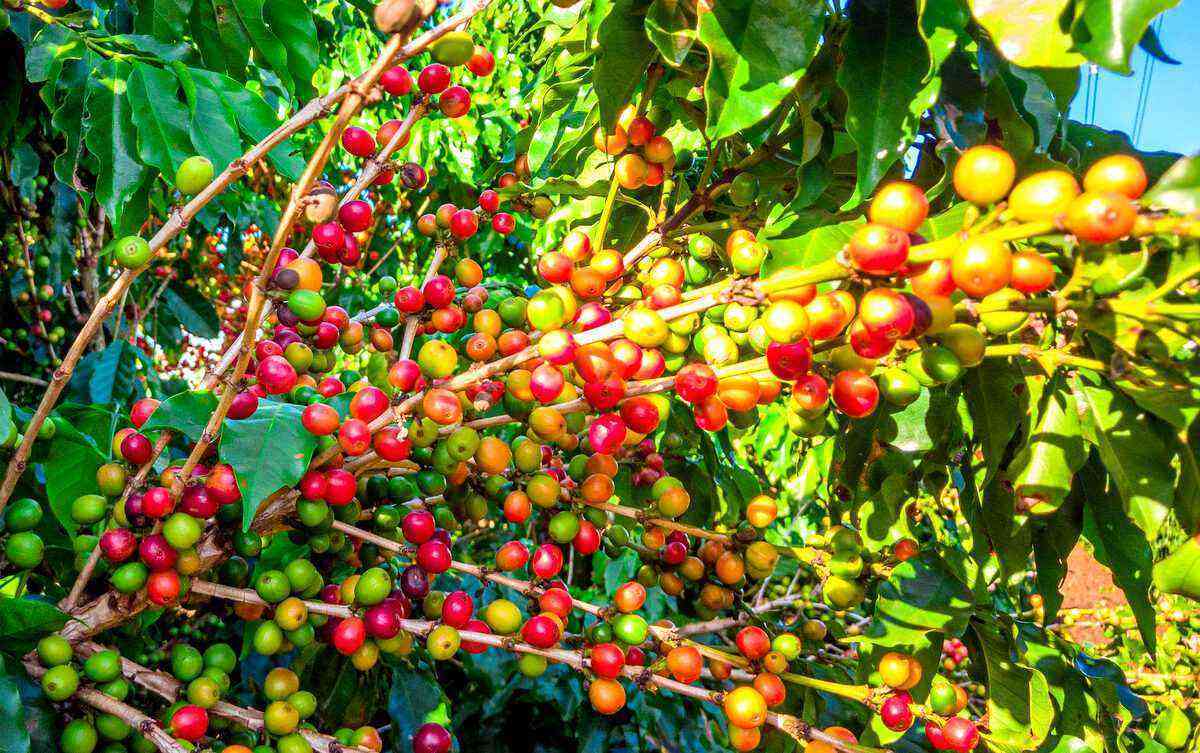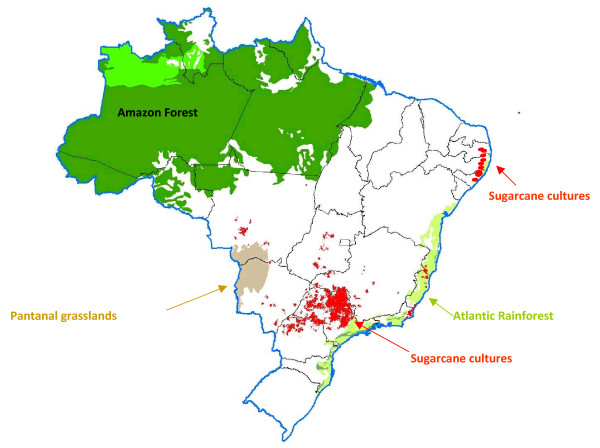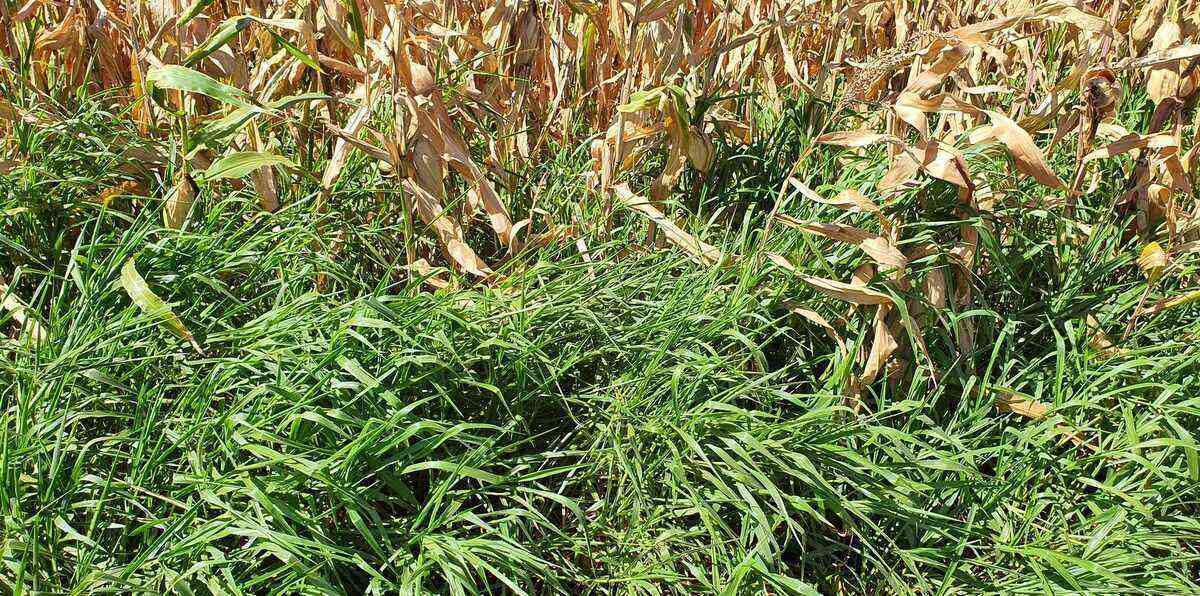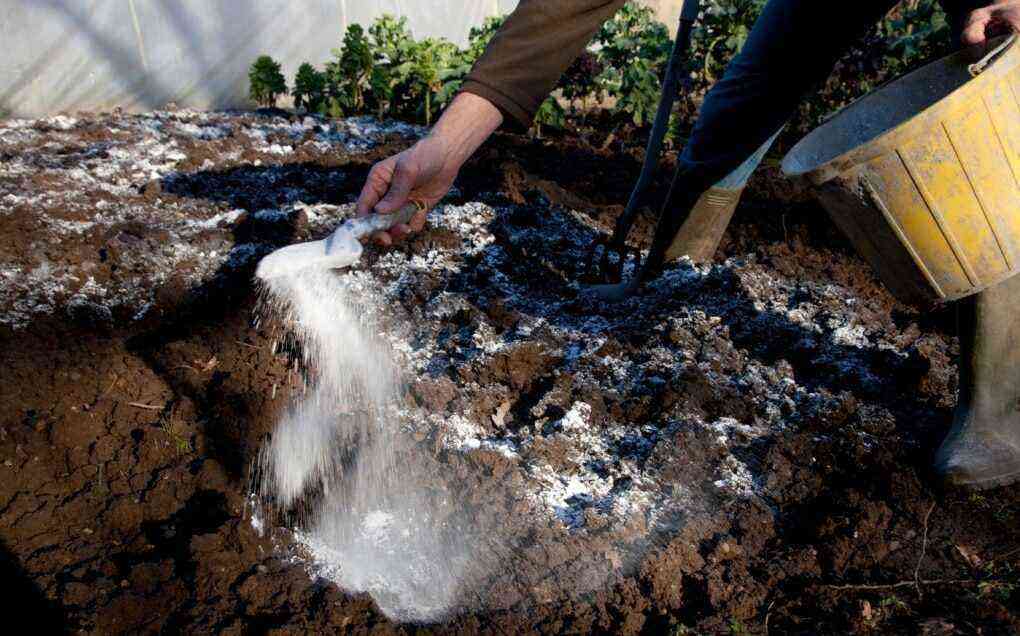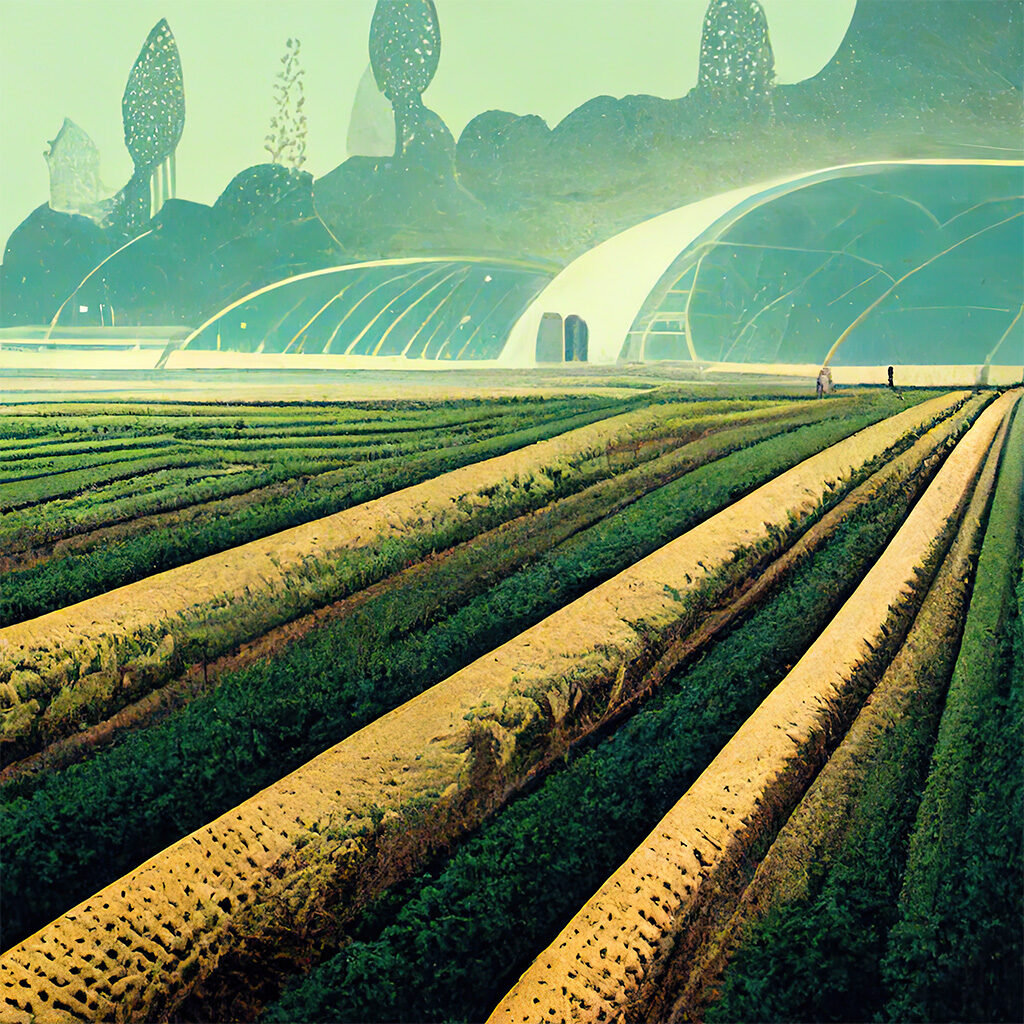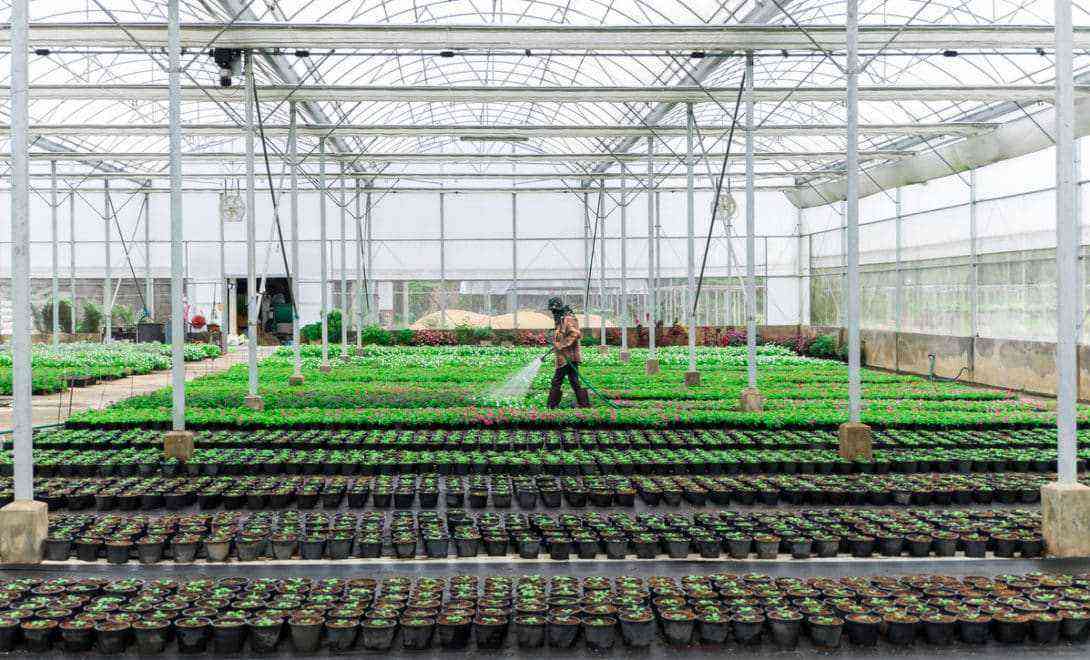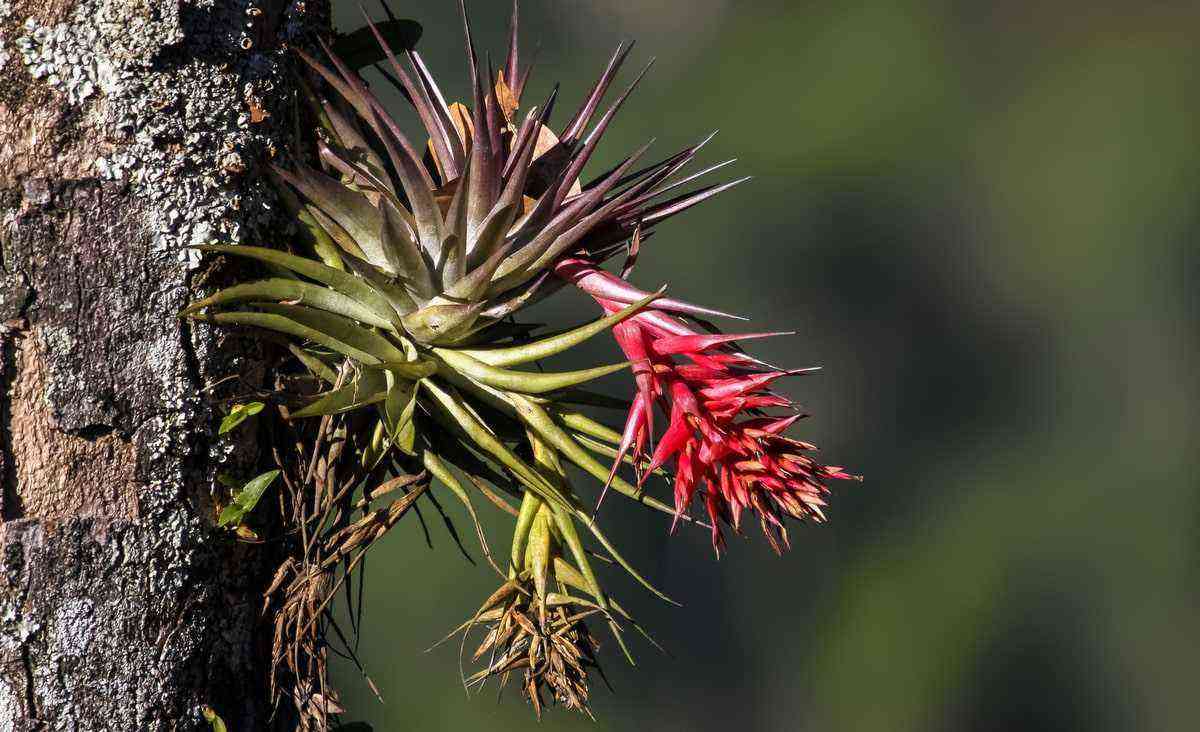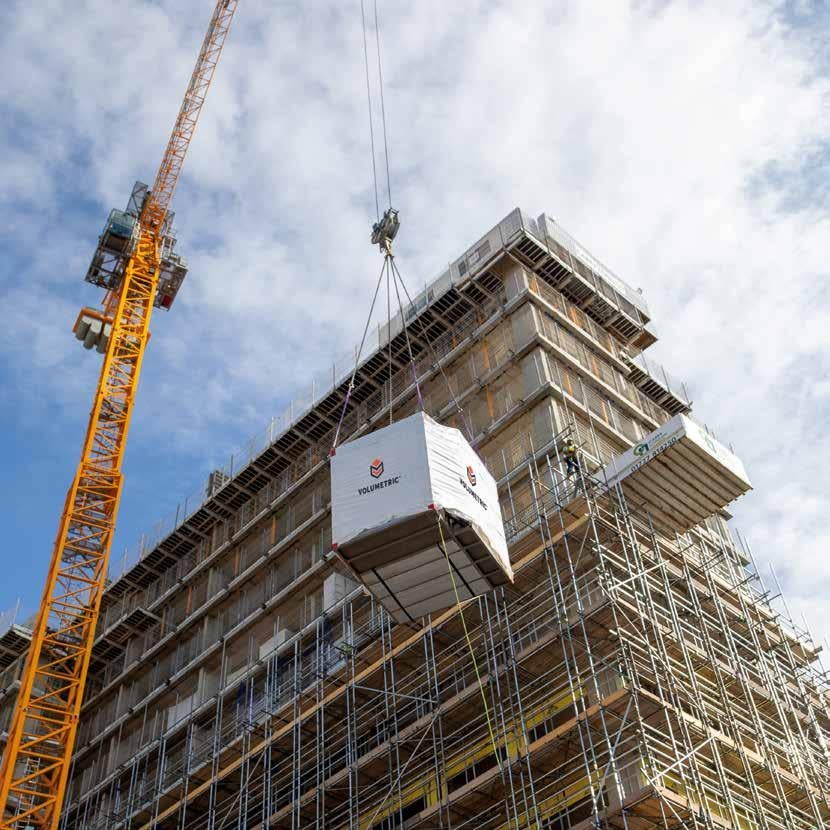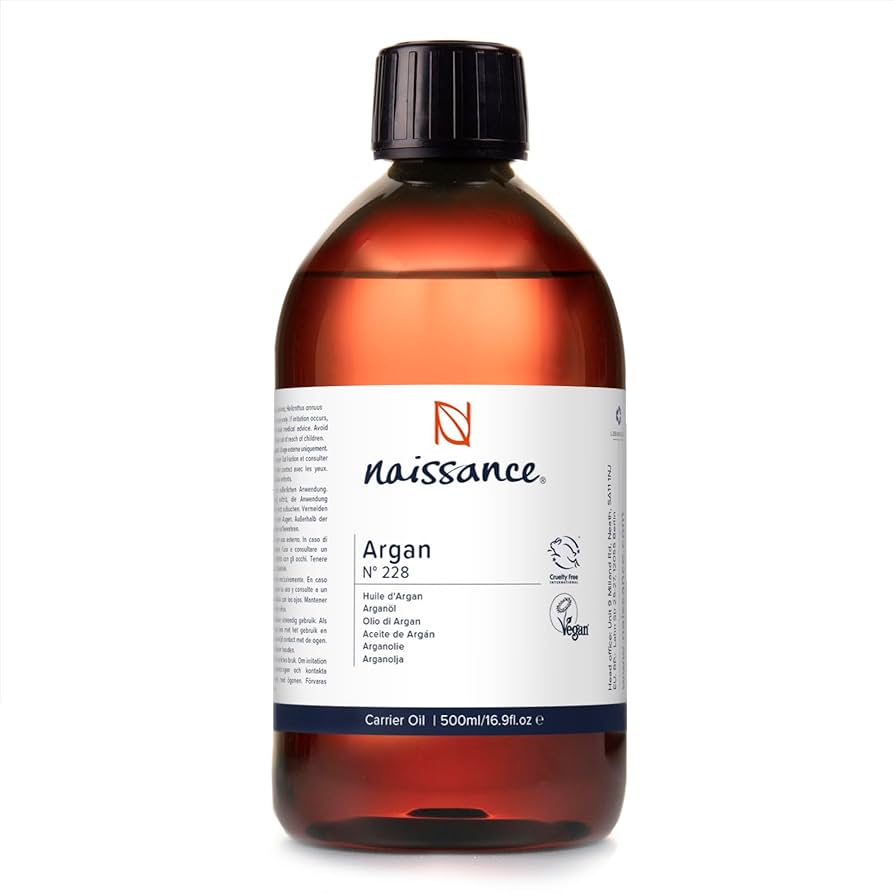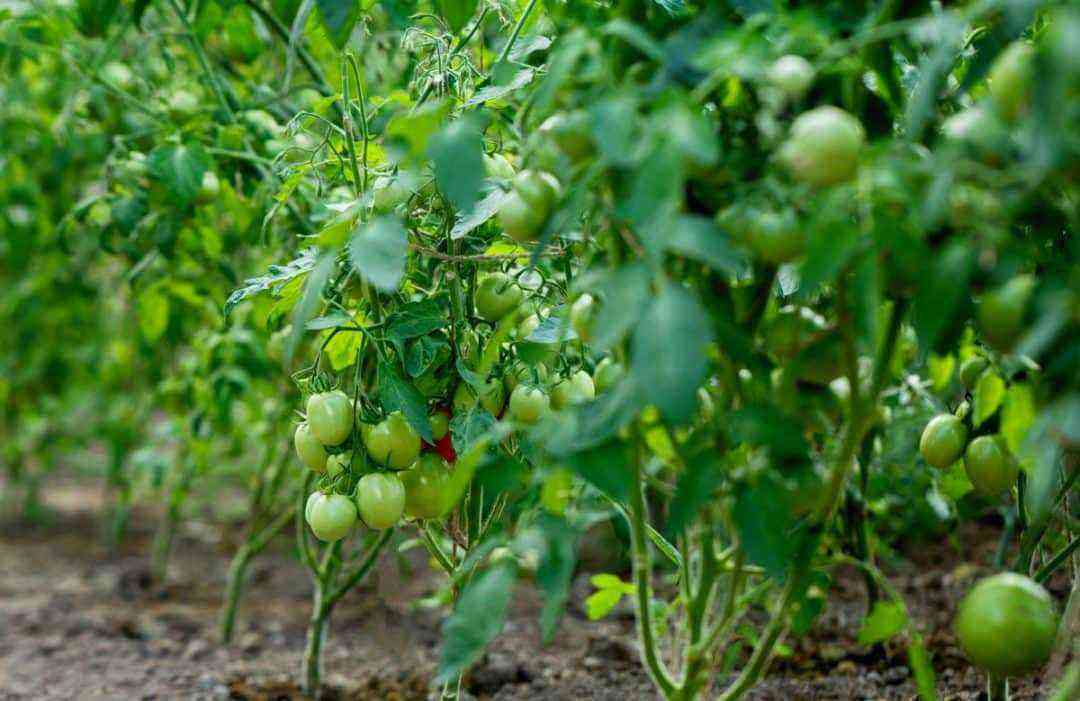The two main planting systems adopted in Brazil are direct and conventional. They are used according to the culture and characteristics of each crop. Basically, the difference between the two is the soil preparation.
Conventional method uses more land management steps, such as plowing and harrowing. Direct, on the other hand, is more practical, because it dispenses with these procedures and uses plant residues as a cover to protect the plantation.
In this article, we’ll cover the differences between the methods, so you can make the best choice for your crop.
Direct planting in Brazil
Due to the increase in Brazilian agricultural activity, the no-tillage method has gained more space among rural producers. Currently, it is present in more than 32 million hectares, according to FEBRAPDP data.

How is conventional planting done?
Before planting, you need to prepare the soil. This means removing all vegetation from the terrain and using techniques to turn the earth.
Plowing is done to loosen the soil, treat it with fertilizer, and remove weeds. Subsequently, the harrow has the function of leveling the plowed layer.
Corn planting in the conventional system
Before planting, there is the liming stage, which is nothing more than the application of lime on the ground, to reduce the acidity of the soil. Only after all these processes, the land is ready to be sown.
Soybean planting in conventional system
How is no-till done?
This modality minimally manipulates the soil. At the time of cultivation, a furrow is opened, where seeds and fertilizers are deposited. Plant residues, known as straw, are used as a kind of ground cover, very common in soybean plantations.
Soybean in no-till system, note the straw on top of the soil

No-till uses a lot of crop rotation to have a good amount of straw. Therefore, no-till can be summarized in these three pillars:
– Minimal or no soil disturbance;
– Use of straw as mulch;
– Crop rotation.
sustainable system
The no-tillage system represents an evolution in agricultural processes, mainly in the environmental aspect. Mulching mitigates the effects of erosion and retains more moisture, which means better soil temperature balance.
Without erosion, there is no need for replanting and spending on seeds, fertilizers and fertilizers. All of this reduces production costs, not to mention that less machinery is used.
This means lower emission of greenhouse gases and use of fossil fuels.
Corn planting in no-tillage system
Advantages for the producer
No-till offers more flexibility to the farmer. That’s because you don’t have to wait months for a new crop, as in the conventional method. When harvesting corn, it is already possible to start soybean production, for example, right away.
An Embrapa study revealed that no-till farming increases productivity by 30%. The producer also benefits from the reduction of labor and labor and the wear and tear of agricultural machinery. Discover other advantages that the no-tillage system can provide to your farming.


